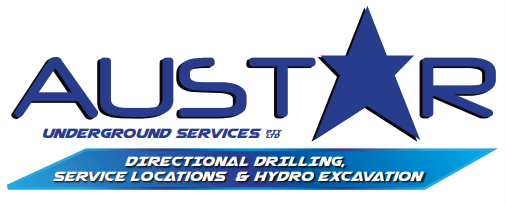GPR in Darwin
- Advanced, Efficient Equipment
- No-Obligation Quotes
- Servicing the Entire Northern Territory
Request Your Underground Service Consultation Today
admin@austarnt.com.au
Thank you for contacting Austar Underground Services.
We will be in touch soon.
Oops, there was an error sending your message.
Please try again later.
Committed to Excellence
An Extensive Network
Hardworking, Dedicated Team
Locate Non-Metallic Utilities
At Austar Underground Services, we offer Ground Penetrating Radar services in Darwin and the greater Northern Territory.
Ground Penetrating Radar (GPR) is a method that sends radar pulses into the ground and then receives these pulses to create an image of the utilities that are below the surface. The focus of GPR is to locate all metallic and non-metallic utilities.
In our ever-changing infrastructure, the use of non-metallic utilities (fibre, PVC, PE, Poly) is becoming more prevalent. Therefore, the need for GPR is ever-increasing. GPR is also able to locate valves, hydrants and buried manholes accurately. This, along with our other available equipment and technologies, will increase the accuracy of locating everything below the surface.
Based in
Darwin, we service the entire Northern Territory, including
Alice Springs and
Katherine. To make a booking or request a quote, call
0402 503 073.
Benefits of Locating Underground Utilities
* This picture is clearly representing 3 underground fuel tanks.
Locating utilities using GPR can provide valuable information to be used in decision-making for a wide range of projects. By using GPR to locate underground utilities, structures and other features, you can:
Avoid costly and dangerous accidents during excavation: By identifying the location of buried utilities and other features, GPR can help you avoid accidental damage to these assets during excavation. This can save time and money, as well as prevent injury or other accidents on the job site.
Plan excavation and construction projects more effectively: Knowing the location of buried utilities and other features can help you better plan excavation and construction projects. You can use this information to determine the best route for utilities and other features, as well as identify potential obstacles that may need to be addressed before construction begins.
Improve environmental remediation efforts: GPR can also be used to locate underground storage tanks, contaminated soil and other environmental hazards. By identifying the location of these features, you can plan remediation efforts more effectively and minimise the impact on the environment.
Frequently Asked Questions
-
How deep does your radar penetrate?
While this depends on the surface type, our radars are generally capable of penetrating about two metres deep. This is adequate for most construction projects.
-
There has been rain over the last few days. Will there be any issues with the radar?
Unfortunately, yes. Water or moist soil interferes with the radar and reduces the range we can penetrate. In most cases, we recommend a survey to ensure there's no excessive moisture in the soil before attempting to locate utilities.








